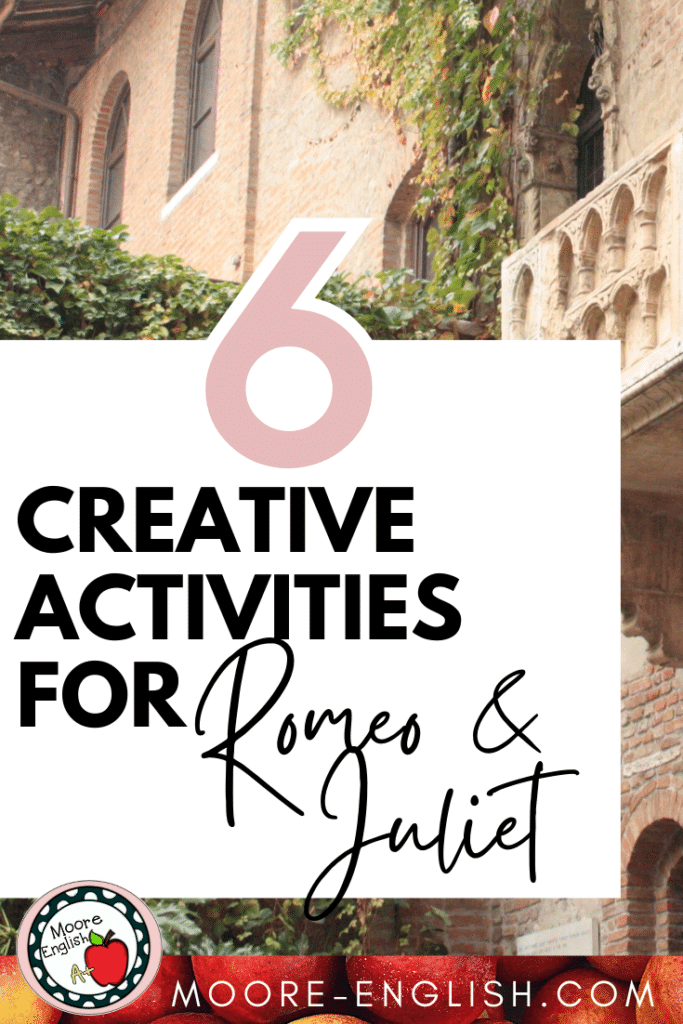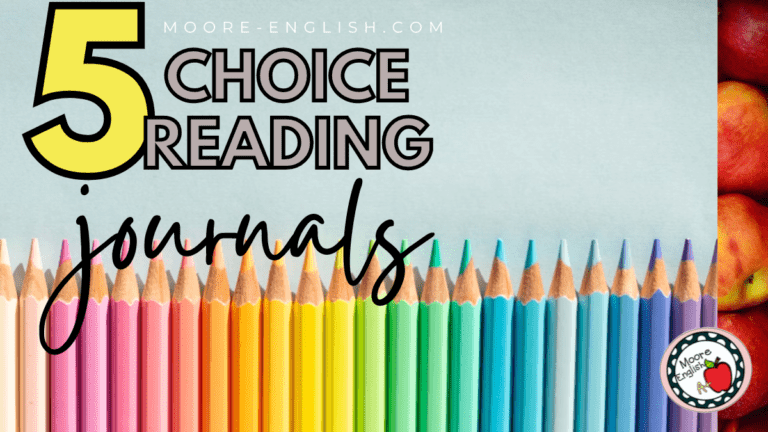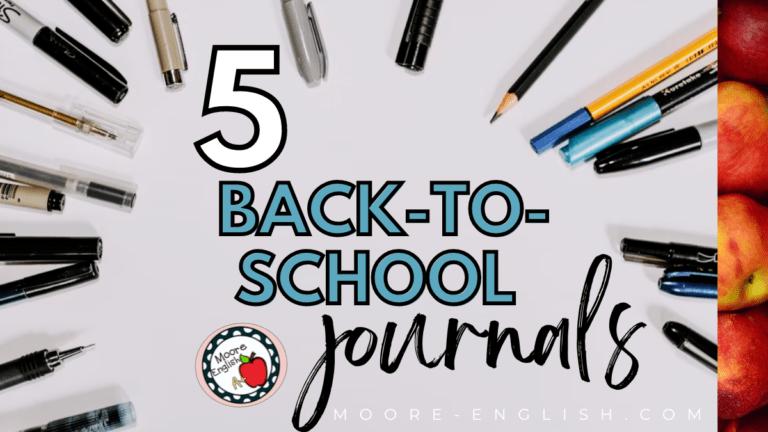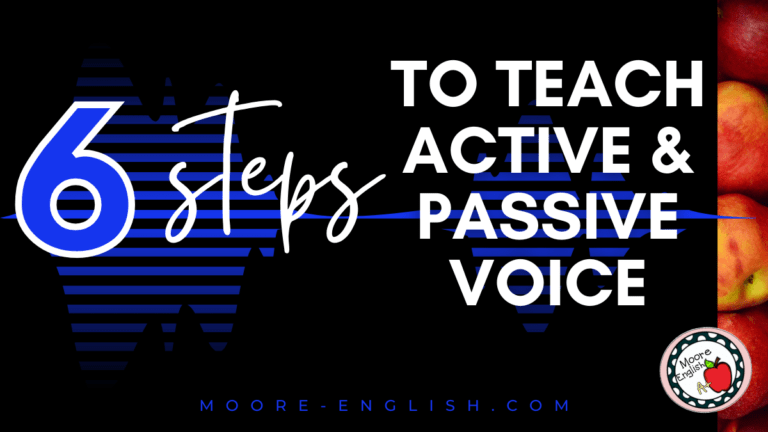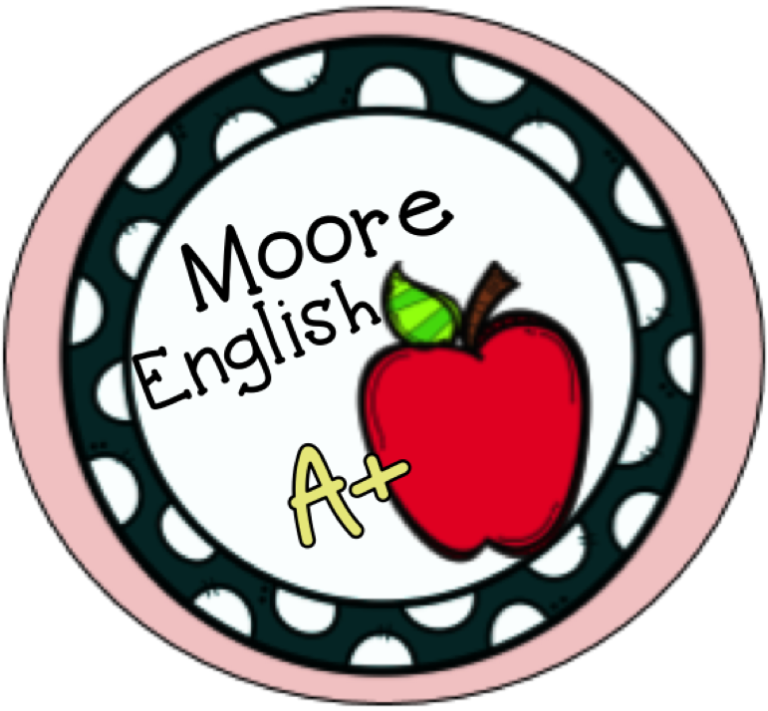My freshmen are finished reading Romeo and Juliet right before Spring Break. I love teaching classroom dramas, and this year has been no exception. (In one of my classes, students gender swapped the main characters, so now we have Romet and Julio!)
This year’s Romeo and Juliet unit has also been marked by some creative and unique writing activities.
Today, I want to focus on 6 creative writing prompts that you can use with Romeo and Juliet.
This post this post may contain affiliate links. Please read the Terms of Use.
Creative Writing Activities
Romeo and Juliet famously begins with the Prologue, so this is a perfect time to study sonnet structure. I use this inquiry-based activity to introduce sonnets. Then, I follow up with this Crash Course about Shakespeare’s sonnets. Finally, students write their own sonnets. This is such a fun lesson and can be as elaborate or simple as you’d like. To make this lesson easy to grade, I use this free rubric.
My favorite creative writing activity for Romeo and Juliet is to challenge students to write Romeo and Juliet’s wedding vows at the end of Act II. Since my students usually think Romeo and Juliet’s actions are ridiculous, they can turn out some hilarious and over-the-top vows. This is a fun way to help students think about text structure and figurative language, too!
At the end of the play, I revisit poetry with students. In Act IV, Lord Capulet mourns his daughter’s death and mentions how the wedding march has turned to a funeral dirge. Most students have never heard of a “dirge” before, so I provide students with an example and challenge them to write one for Juliet. I’ve included the exact lesson I use for this in my modified and abridged Romeo and Juliet. Two variations of this activity include writing eulogies or obituaries for Romeo and Juliet.
Letter Writing Activities
I’ve written about my love of in-class letter writing activities. For students, writing a letter can be novel. Plus, letters typically have a straightforward purpose, so students can focus more on practicing tone, text structure, or other skills.
This year, my Romeo and Juliet unit happened to overlap with Valentine’s Day. This provided students with a fun opportunity to write Valentine’s Day cards. They could write to Romeo from Juliet or vice versa. In particular, I asked students to include specific figurative and literary devices in their writing. I gave students blank cards to write in, so that felt special for them.
Throughout the play, Juliet gets advice from various characters. After the Nurse advises Juliet to marry Paris, I ask students to write a letter giving Juliet their own advice. This activity was inspired by the book and movie Letters to Juliet. To make this activity special, I often let students choose a piece of colorful scrapbooking paper to use as their “card.”
In Act V, Romeo gives his servant a letter to bring to his father. When I have time, this is the culminating letter writing activity. Of the letters students write in this unit, this one is the most somber and serious, so it’s a good opportunity for students to practice a more solemn tone in their writing. As Romeo describes his decision to be with Juliet, this is also a good activity to practice selecting evidence from the text.
Honorable Mentions
Sometimes, I’m looking for a more straightforward assessment of student reading comprehension. Other times, I’m hoping to help students build connections with the text. When this happens, I turn to more traditional writing journals like these.
Similarly, task cards can also be a way to incorporate some writing in your drama unit. The variety of options in a deck of task cards can lend themselves to a variety of writing prompts. In particular, when I’m doing stations, this is a perfect option.

